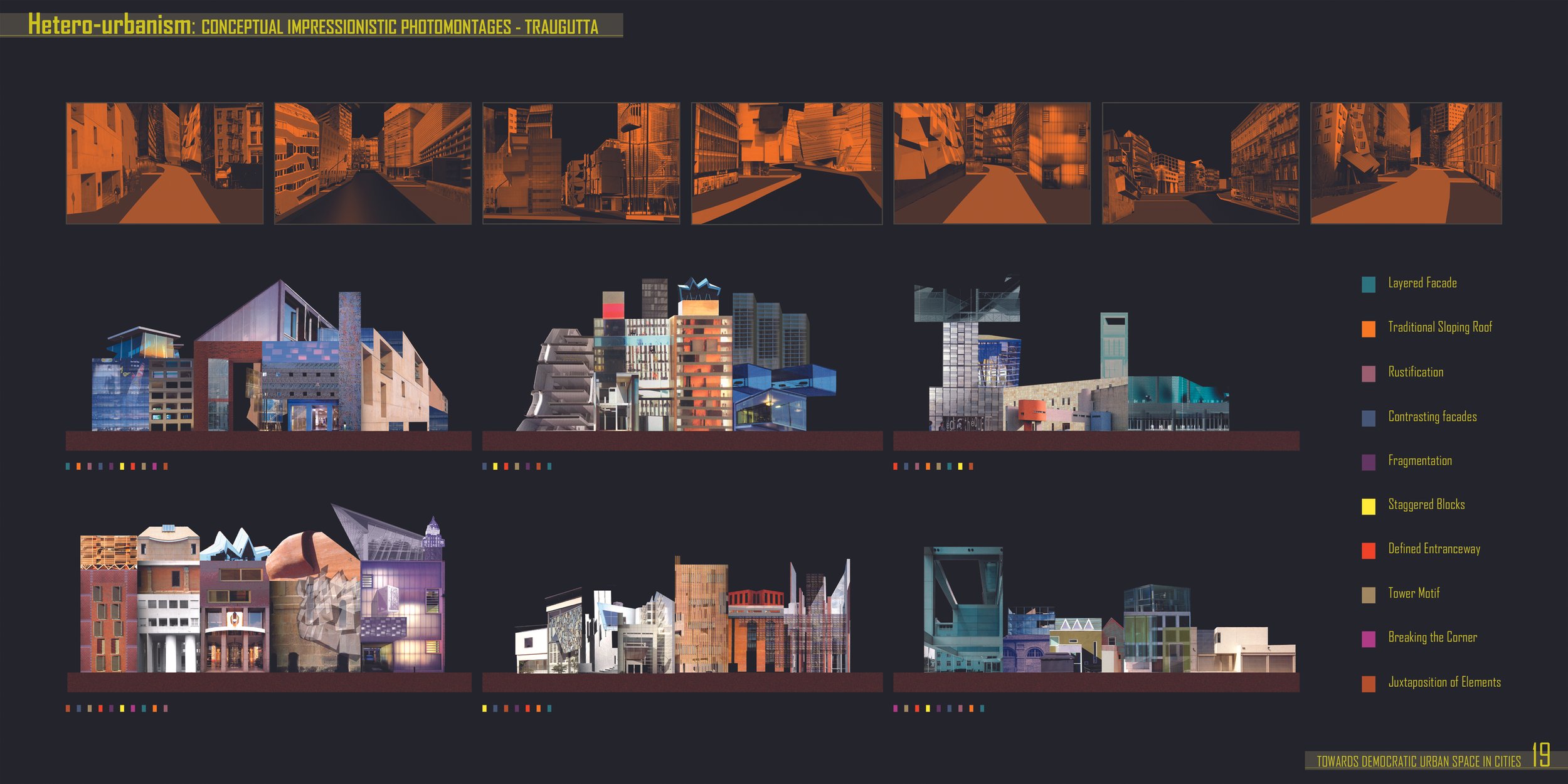A Hetero-Urbanist World
A fascination with the theoretical world of ‘deconstructivism’ that reflected the chaos inherent in our lives and ‘minimalism’, that removed the chaos, replacing it, by a monk-like state of living rather simply, came after and as a rebellion and response to having studied in a phenomenological school. Both these looked at the world in opposite ways. Architecture, in reality, offers more than being a ‘rebel without a cause’.
As architects of the future-world, we must look at things other than plainly getting into language games of the theoretical world, as an alternative looking at the broader context of the world that we live in. We are more than just paper-architects. Our cities in this postmodern era, still look like modernist cities, though, made with new materials. Cities from New York, to Rotterdam, to Shanghai, to Kuala Lumpur, all look the same. They are all world-cities. Is that the future of architecture and urbanism in this globalised world? I certainly hope not. Because if it were, people would not feel the need to migrate or see other places, as places now look the same, there is nothing ‘particular’ to these new global places.
After going through the theoretical concept that I have classed as a hetero-urbanism, I think that this approach would be one that most future-global-cities can use, in order to create ‘places’ instead of non-places, re-understanding architecture and urbanism to combat non-pedestrian-scale developments, dealing with deal with the larger context of the master plan and the city.
Errol Reubens, Jr., Lincoln, UK, 2006






















ACKNOWLEDGMENTS
Thanks to Dr. Carl O’Coill, Dr. Kathleen Watt, Jamileh Manoochehri, Derek Cottrell (University of Lincoln, UK).
These graphic works were made together with Eugenio Guerra and Knut Nord (University of Lincoln, UK), that helped develop a basis for a hetero-urbanism theory.